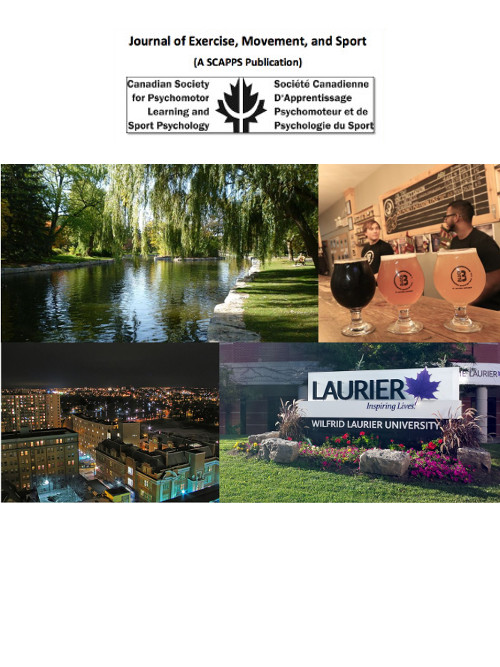Résumé
We recently had participants complete goal-directed reaches following mechanical elbow perturbations that displaced the hand towards or away from a target. Perturbations that displaced the hand away from the target increased the long-latency stretch response (muscle activity 50-100 ms following a perturbation: LLSR) from the stretched elbow muscle as well as from the wrist muscle that assisted moving the hand to the target. This coordinated goal-dependent modulation across multiple muscles suggests that sensory information is rapidly used to support the demands of the intended goal-directed action. Here, we tested whether the LLSR of wrist muscles would reflect the orientation of the arm in the horizontal plane (i.e., thumb up: TU; thumb down: TD). Participants reached to targets in both arm orientations following elbow perturbations that moved their hand into or away from the target. Notably, TU or TD orientations governed the wrist muscle that assisted moving the hand to the target. We found that flexion perturbations that moved the hand away from the target, compared to towards the target, resulted in larger LLSR from wrist extensor and wrist flexor muscles when the arm was in the TU and TD orientation, respectively. These results indicate that the rapid processing of sensory information accounts for configuration of the body relative to the movement-goal and provides further evidence that sensory information is rapidly and flexibly used to support the production of goal-directed actions.Acknowledgments: NSERC

